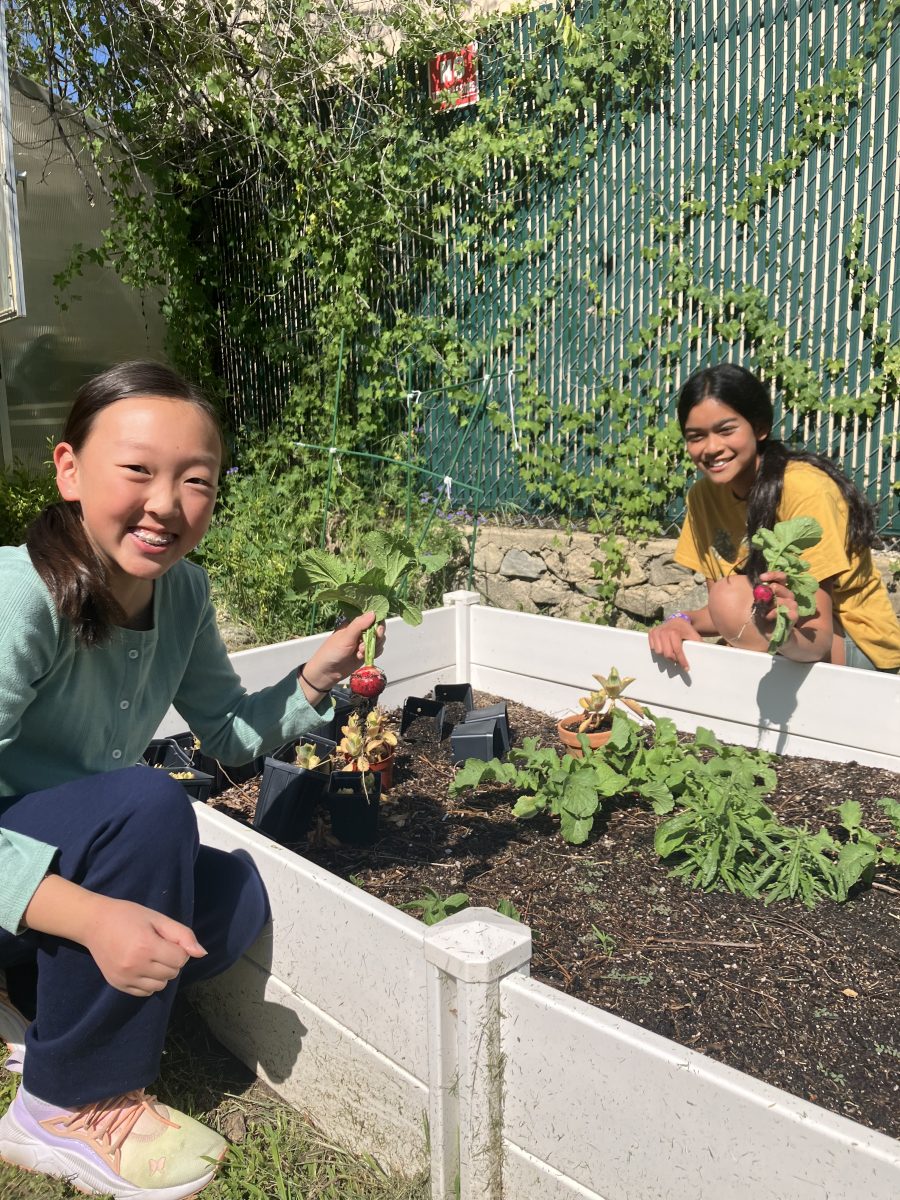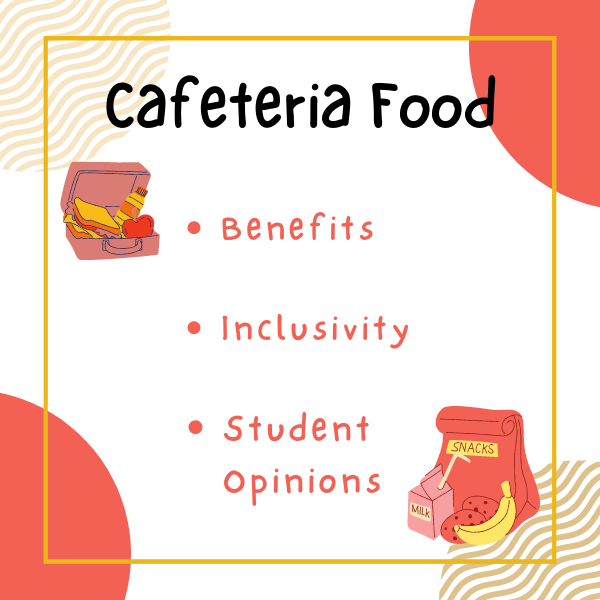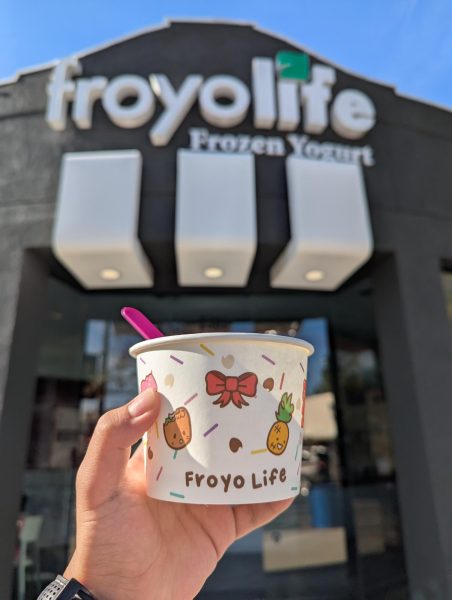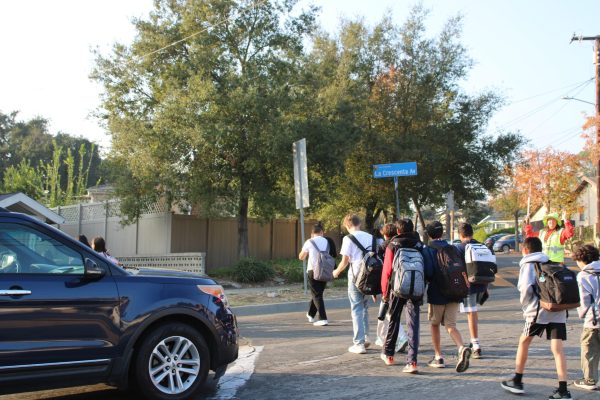Does Cafeteria Food Hold Any Health Benefits?
To begin, California has State guidelines for cafeteria food across all schools in California, meaning that our singular cafeteria is not to blame for any food or health lackings. Getting the proper nutrition is especially important for students because they are still growing. A proper diet can help keep skin, teeth, and eyes. As well as supports muscles, strengthens bones, and supports brain development. A healthy diet supports healthy growth, boosts immunity, and helps the digestive system function.
Inclusivity
With certain dietary restrictions like vegan, vegetarian, allergies, etc. It can be hard to find food at the cafeteria that you can eat. When you have restrictions like those it is important to check labels to make sure it doesn’t contain anything you cannot have. Four out of the twenty-two people we surveyed had a food restriction. Here are two suggestions they had to make cafeteria food more inclusive to people with more limited options. One of the responders wrote, “I think that the cafeteria could present more vegan/lactose-free meal options”, another wrote, “Vegan pizza for vegans and those who are lactose intolerant.” Other people later responded that the cafeteria could improve their vegetarian, gluten-free, and vegan options or provide more fresh fruits and vegetables.
Balance
The five food groups are fruits, vegetables, grains, proteins, and dairy. Students need a variety of options and a healthy dose of every food group. Eating habits develop in the early stages of a child’s life, and it’s a school’s job to promote those habits early in their life to install a good routine for them. If a child’s idea of a “healthy” school lunch is a pizza and a soda, they will continue to spiral into an unhealthy lifestyle with their eating. It’s also scientifically proven that a healthy balance in a child’s food can improve their grades, faster information processing, and memory.
Negative Effects of Poor Nutrition
Poor nutrition can be the result of ingesting too many types of food and drink that have low fiber or a lot of fat, salt, or sugar. Not getting the proper nutrition can increase the risk of long-term effects including tooth decay, obesity, high cholesterol, high blood pressure, heart disease, stroke, and type-2 diabetes. It can also result in short-term effects including energy, stress, and a student’s ability to work.
Ways to Improve Your Nutrition
To improve your nutrition you can eat a more diverse diet that balances the 5 food groups and attempts to include the recommended amount of vegetables and fruit (two servings). While you don’t have to give up salty, sugary, or fatty foods and drinks these foods should be consumed once in a while in moderation. Another healthy decision is to swap sugary drinks for water.
Student Opinions
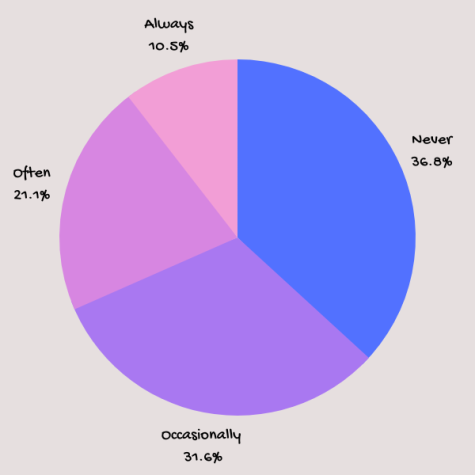
To be able to understand true student opinions, we created a list of questions regarding student cafeteria eating behaviors and manners. When asked how often Rosemont students eat cafeteria food 36.8% of the students each the food 0-2 times a week, while 63.2% of students eat cafeteria food 3-5 times a week. Also, over 10% of the students surveyed had some type of food restrictions, such as allergies, dietary restrictions, vegan, or vegetarian). This gives our survey a variation of students with different experiences with the school cafeteria food. When asked “does the cafeteria food quality influence how often you eat cafeteria food?” almost 73% of the students replied” yes”, this just goes to show that the lacking of certain benefits in school cafeterias can drastically drop how many students eat food at school. It also represents the serious issue that if a child doesn’t have the finances to bring their lunch to school every day. When asked for ideas for a better cafeteria 73% requested better options and variety of food, and over half requested there were healthier free options rather than pizza. This just shows that students do want healthier food options and that they aren’t limited to the same foods every day.
Anonymous Student Opinions From a Poll:
- Having more fruit and veggie options for main courses, and having vegetarian, gluten-free, and vegan options.
- Make it so there is a limit on cookies, and make the food more healthy overall.
- I think they can expand the food selection, as well as make it much healthier. Not just pizza every day.
- They could improve by not making the free option pizza, but maybe something healthier.
- I think the cafeteria food is just too heavily processed and too limited. For example, needing to pay to get water while the other free drinks are sugary and less than a shot worth.
- More fresh fruit options would be nice.
- I think they could try and have more options like salads and more dairy-free and vegan/vegetarian options.
Sources:
https://www.cde.ca.gov/ls/nu/sn/stm.asp
https://www.usda.gov/media/blog/2017/09/26/back-basics-all-about-myplate-food-groups#:~:text=As%20the%20MyPlate%20icon%20shows,key%20building%20blocks%2C%20plus%20oils.
https://www.sahealth.sa.gov.au/wps/wcm/connect/public+content/sa+health+internet/healthy+living/is+your+health+at+risk/the+risks+of+poor+nutrition
https://www.gusd.net/Page/1810
https://www.cdc.gov/nutrition/resources-publications/benefits-of-healthy-eating.html
Your donation will support the student journalists of Rosemont Middle School. Your contribution will allow us to purchase equipment and cover our annual website costs.

Sofia Diamond was born and raised in the local Los Angeles area. She used to live in Eagle Rock and went to an LAUSD school. As an 8th grader at Rosemont...

Hello, my name is Leni Frommel-Martinez, I am an 8th grader that is a member of the Spartan Scroll and an editor for the news section. I have been a vegetarian...









